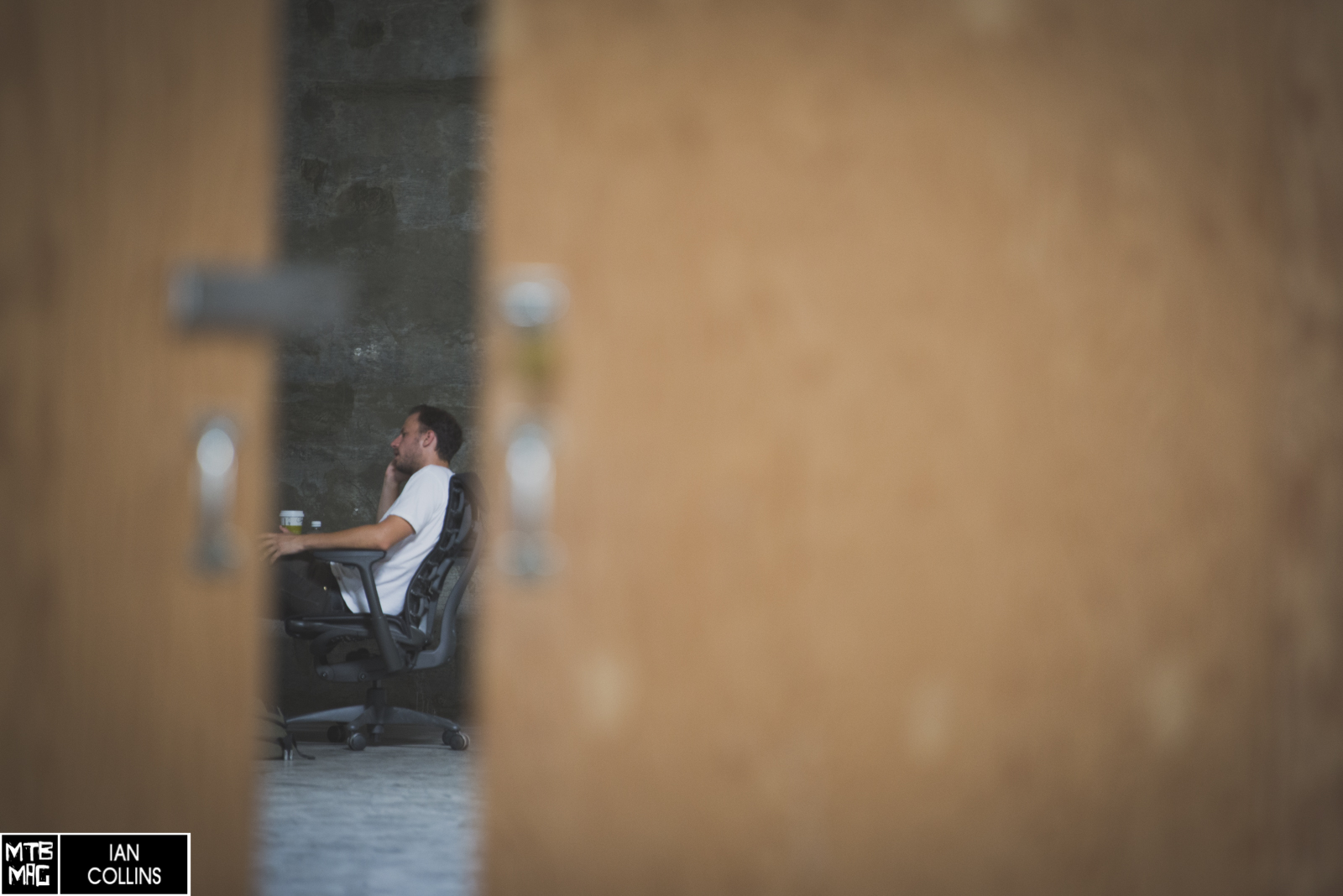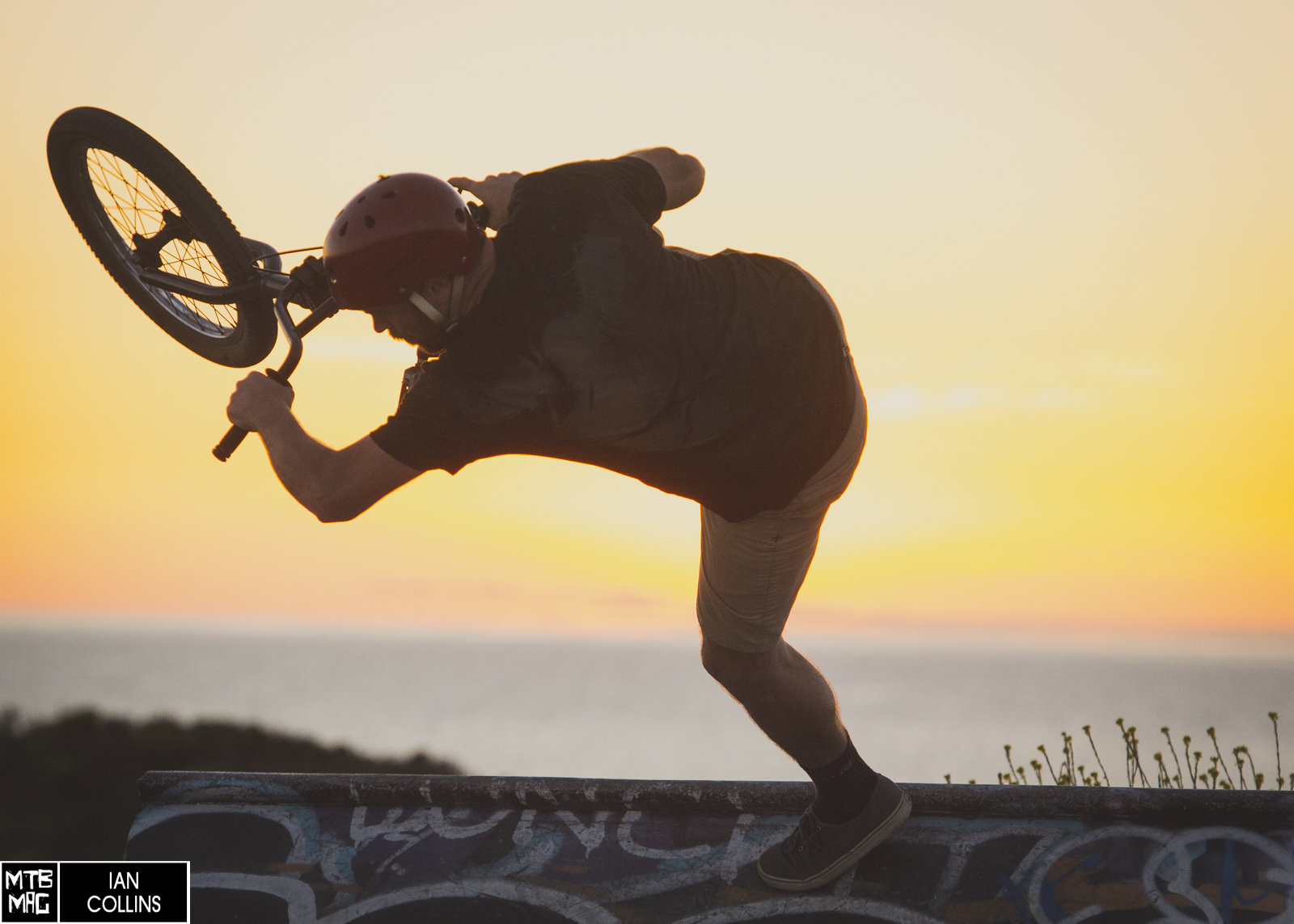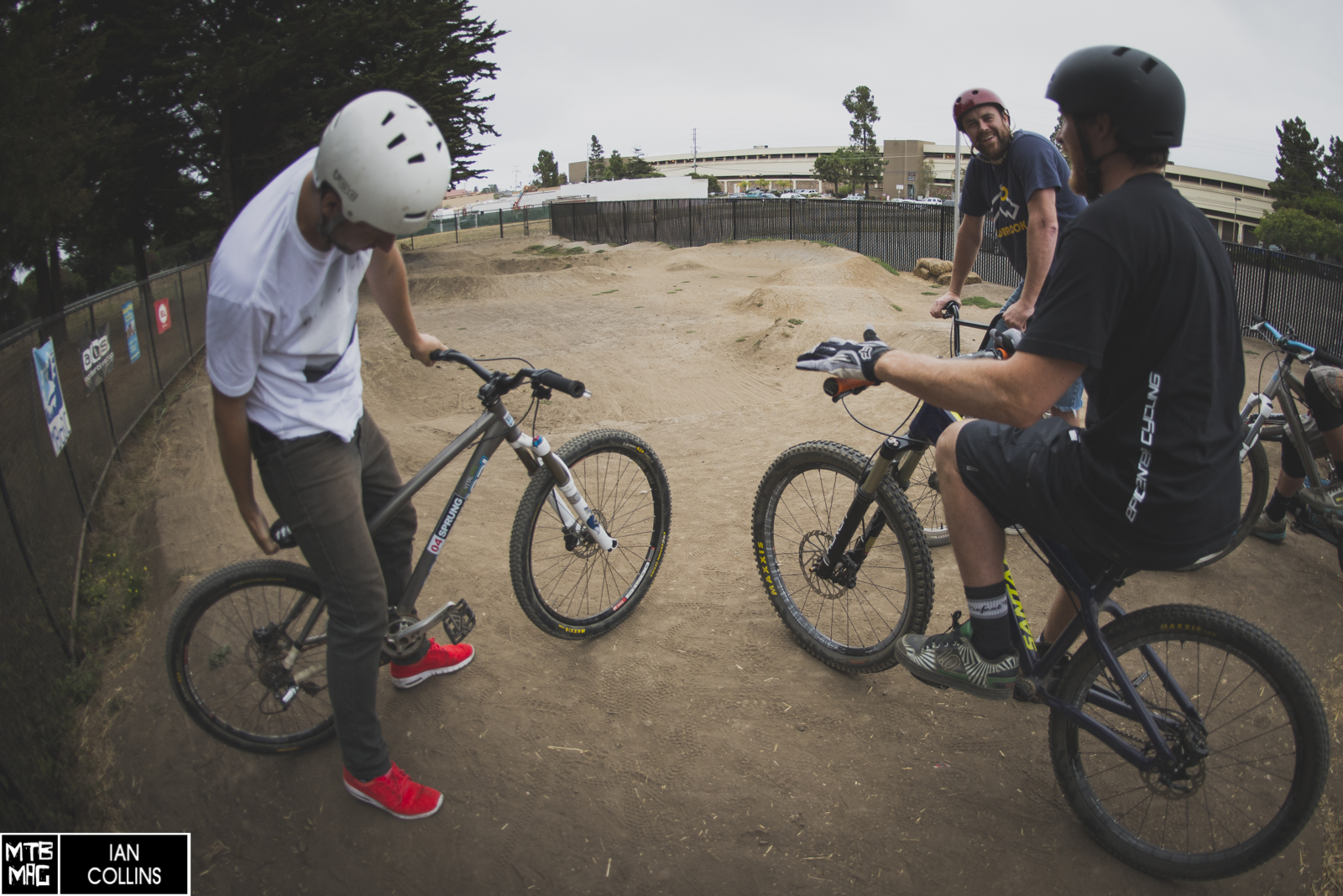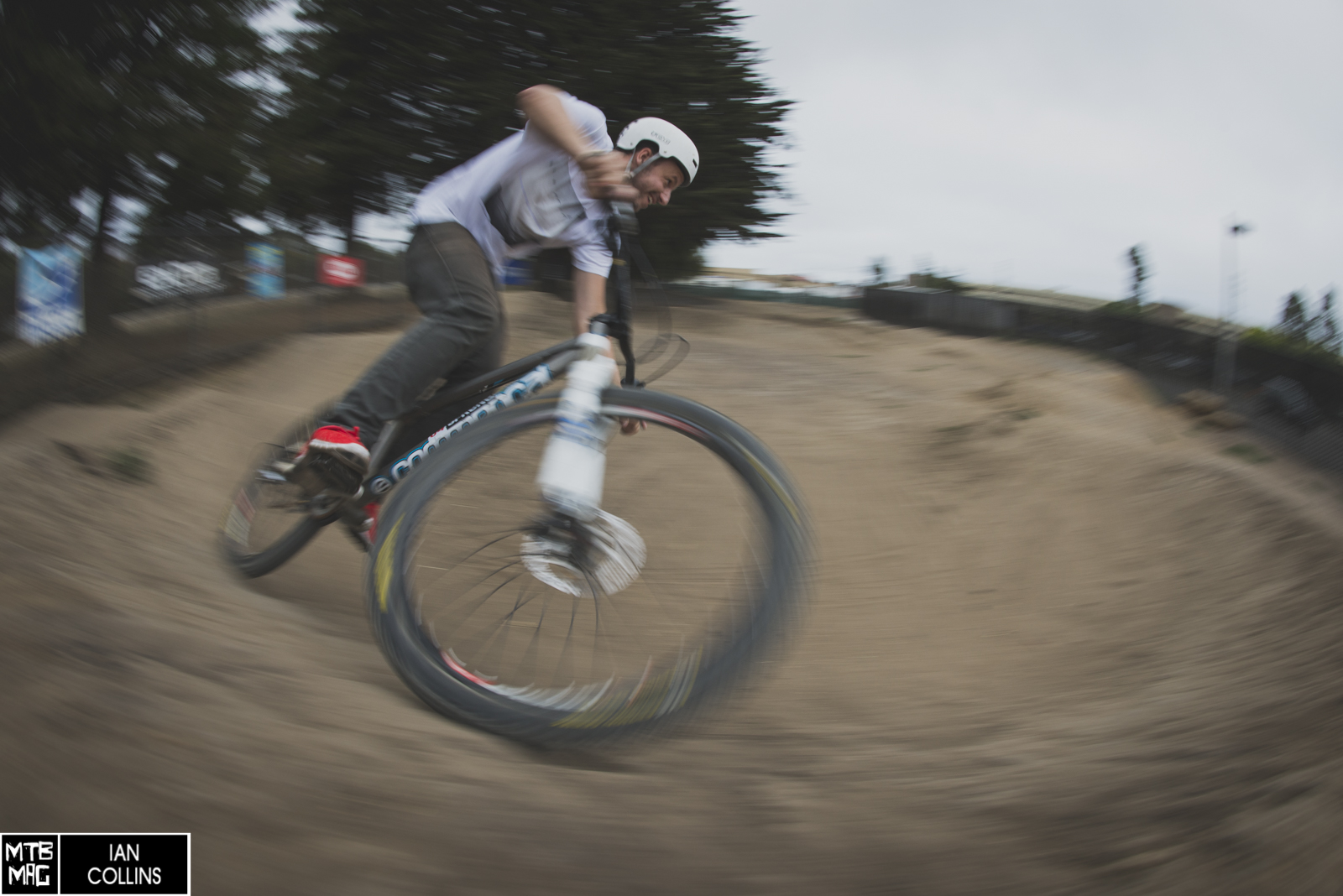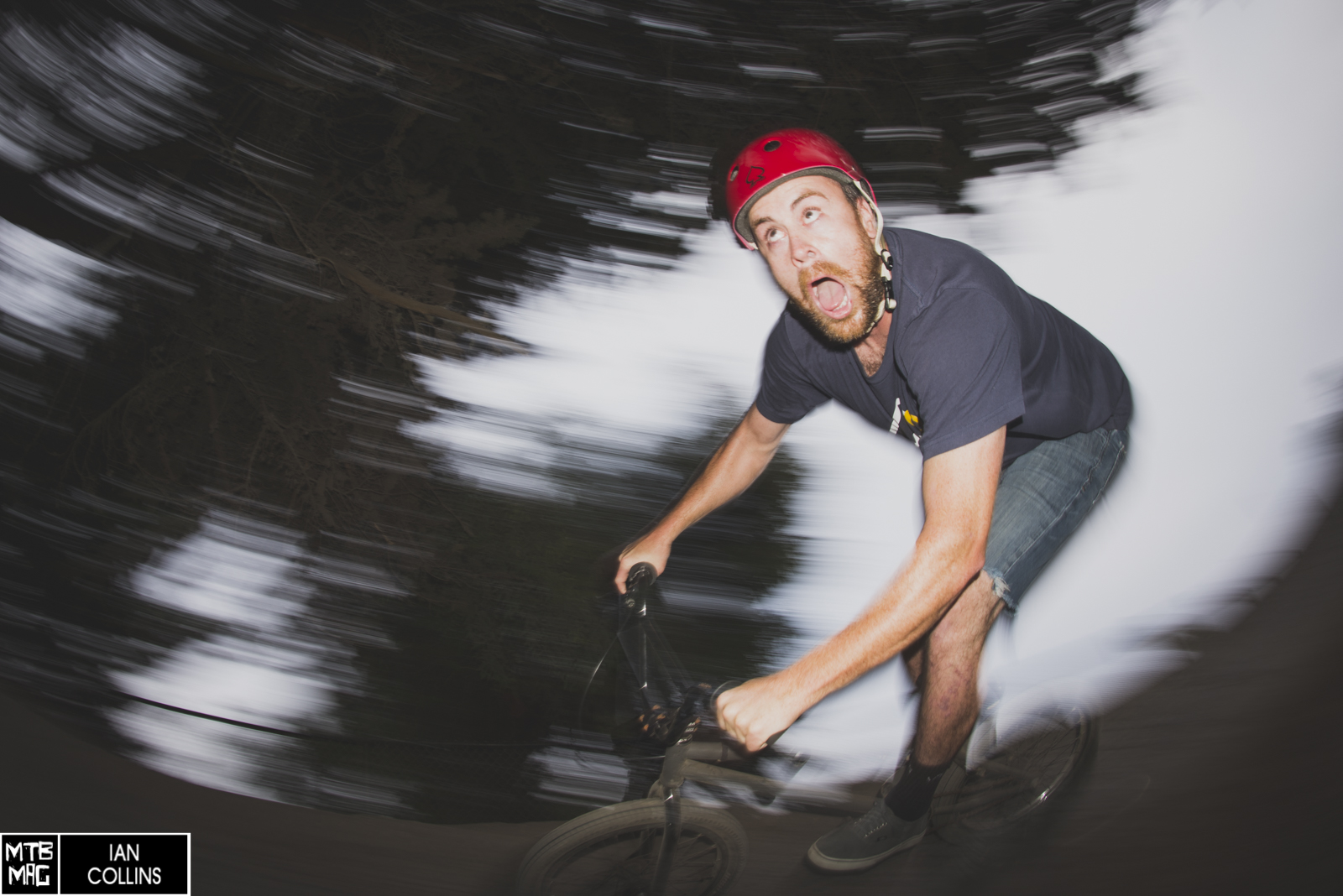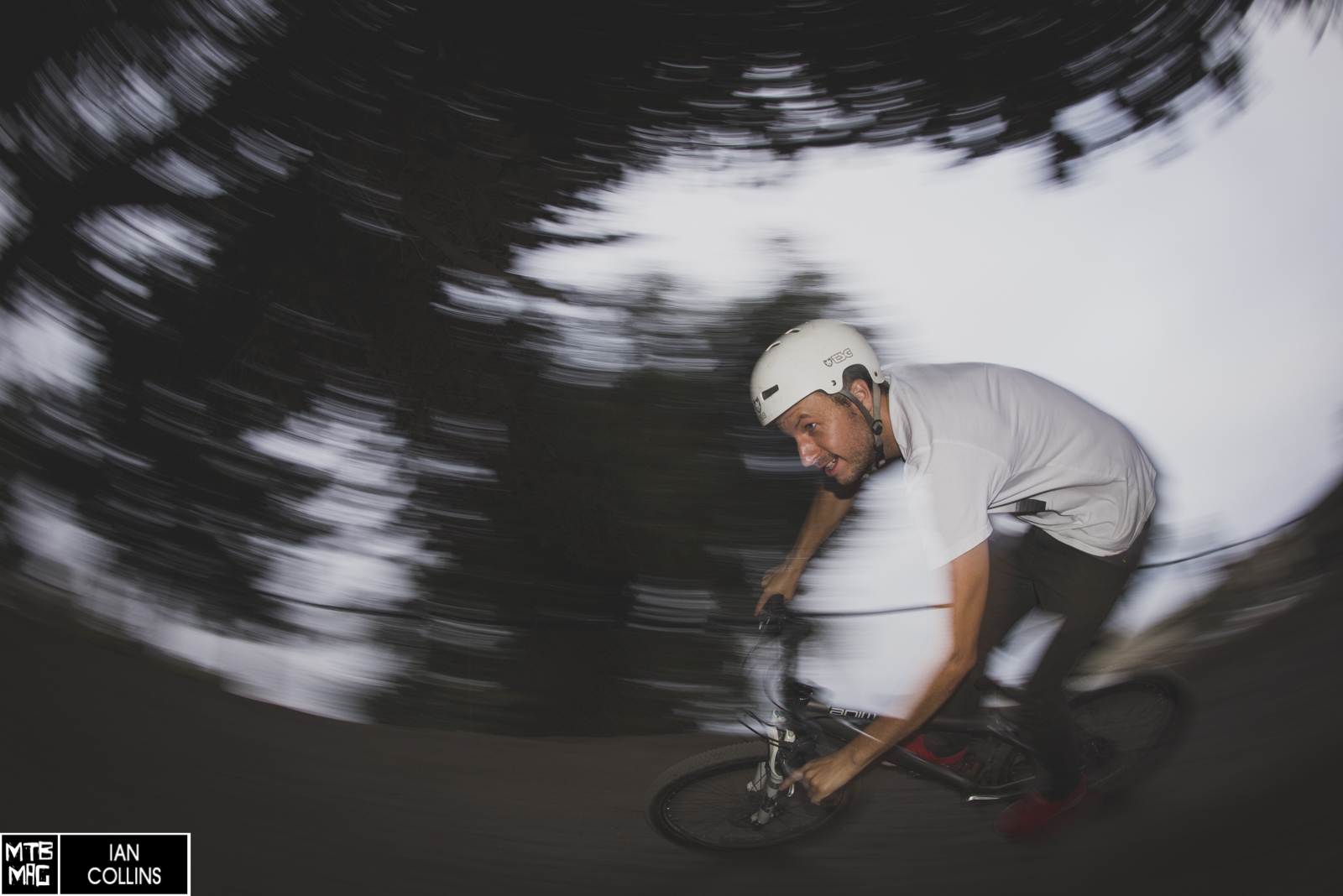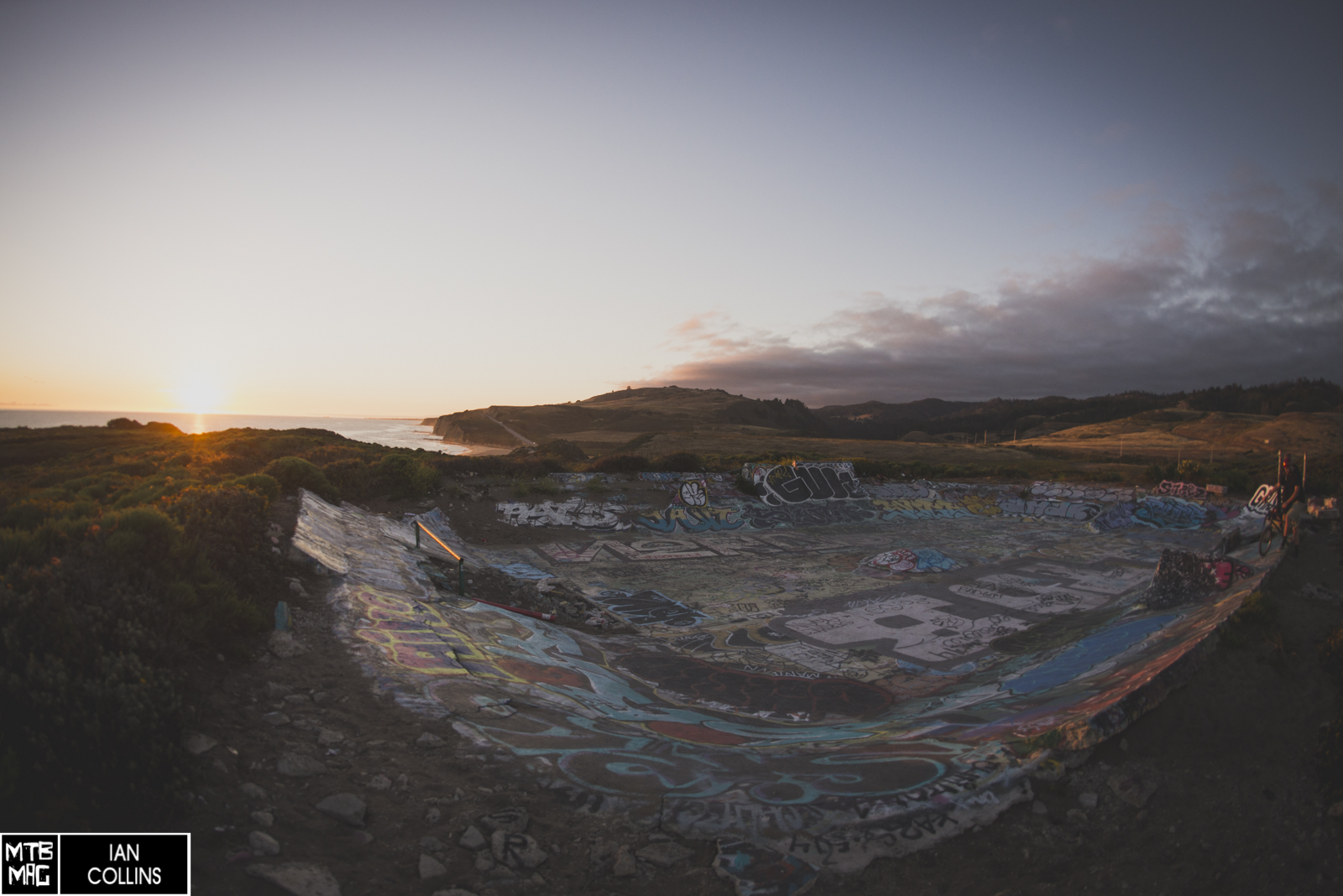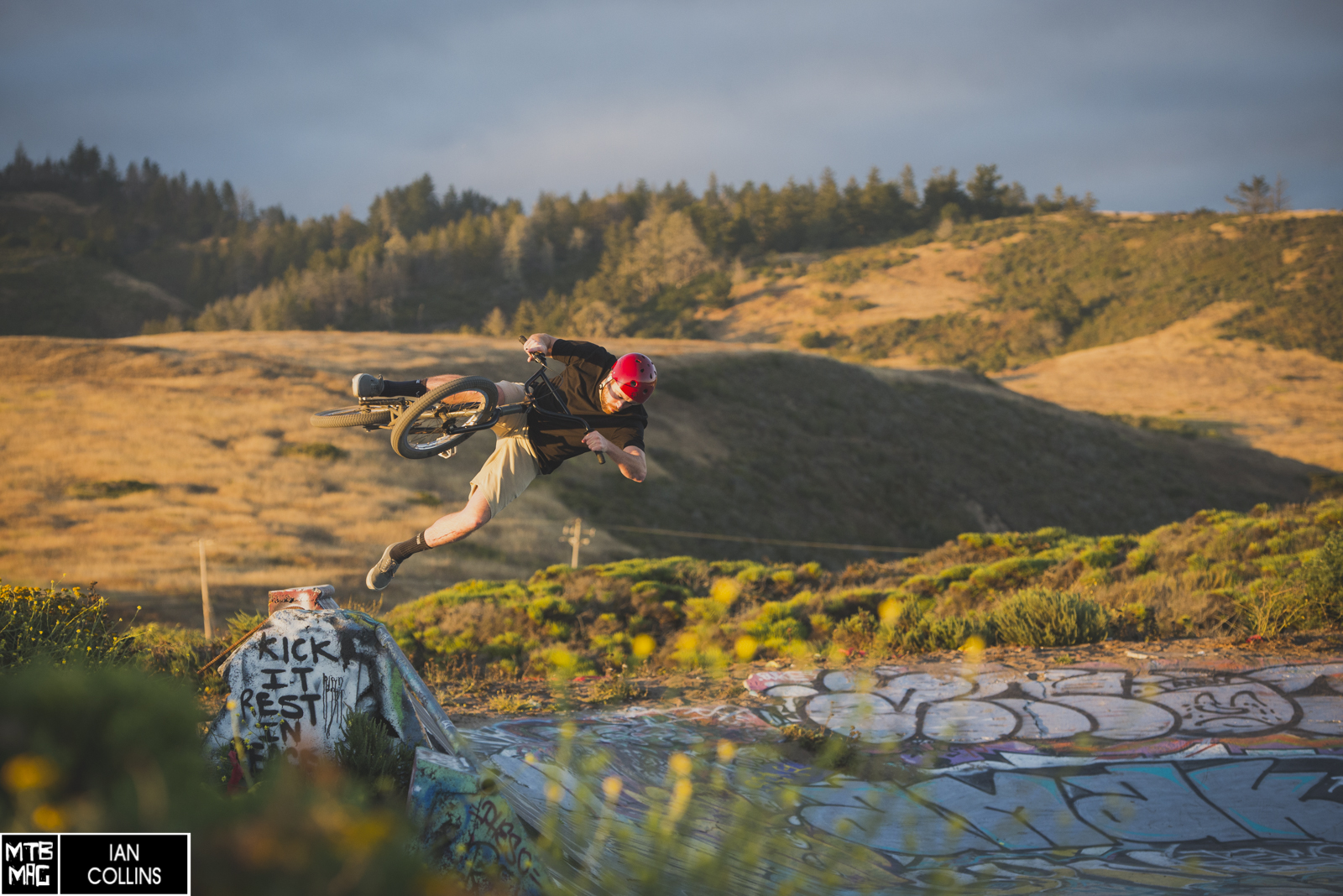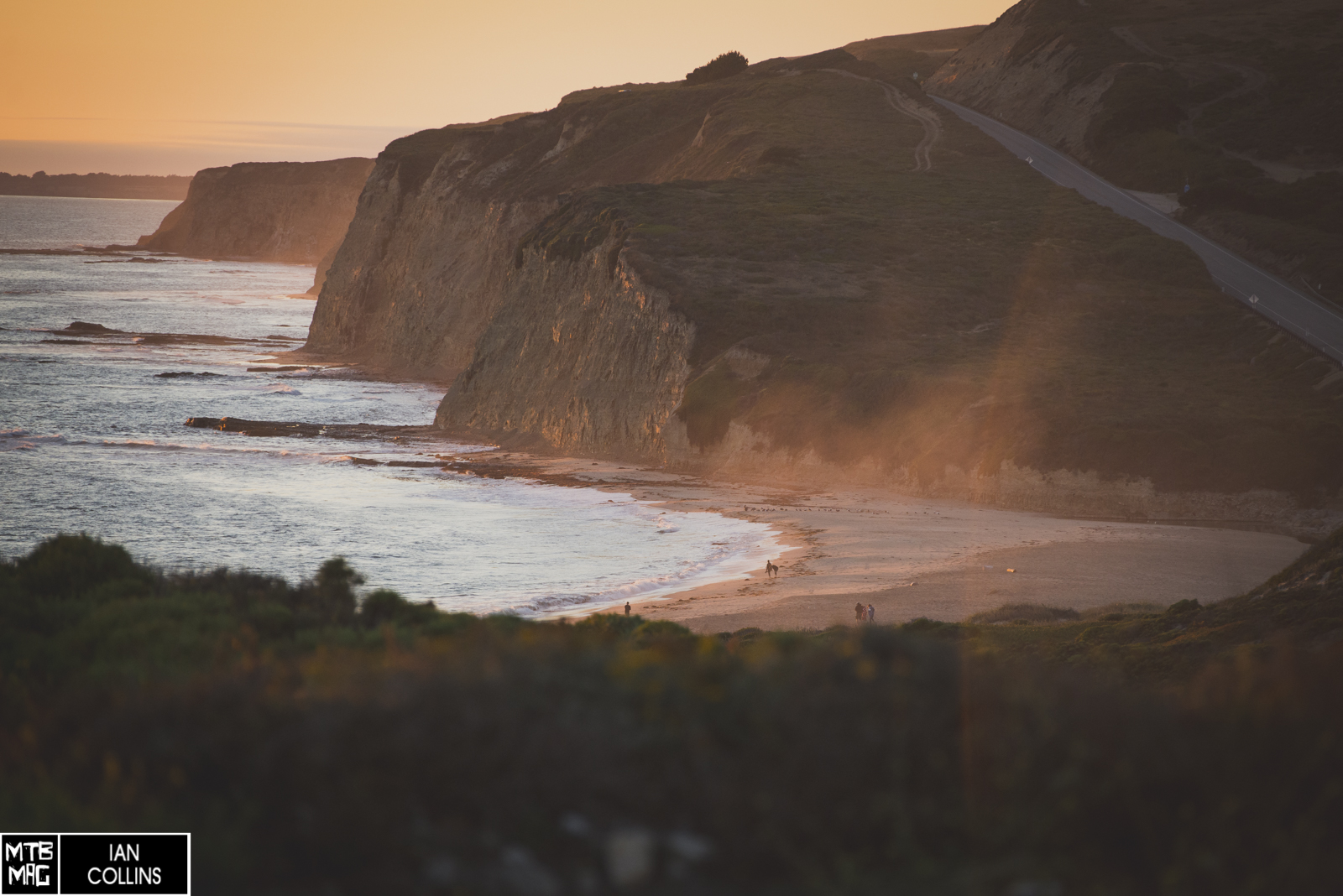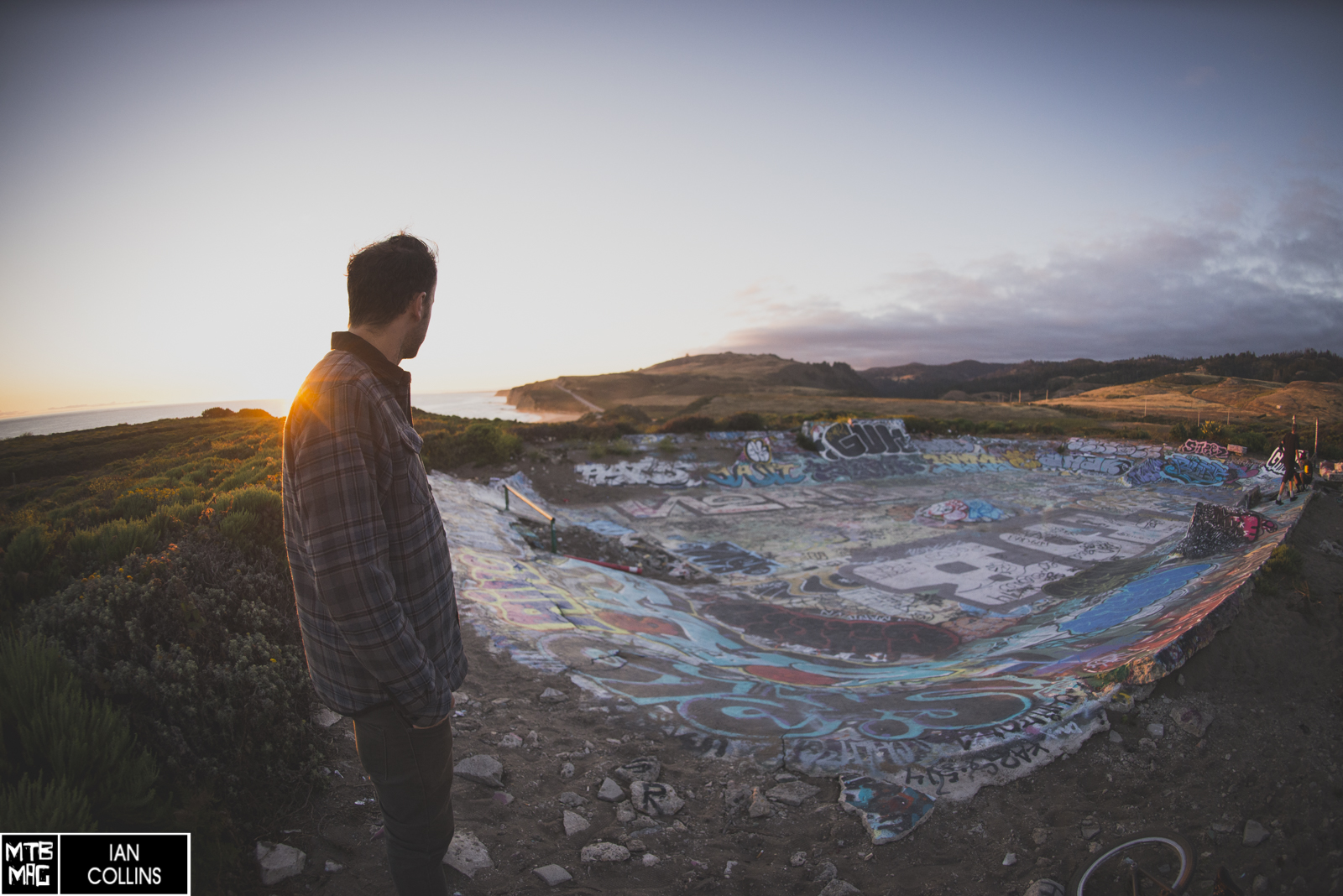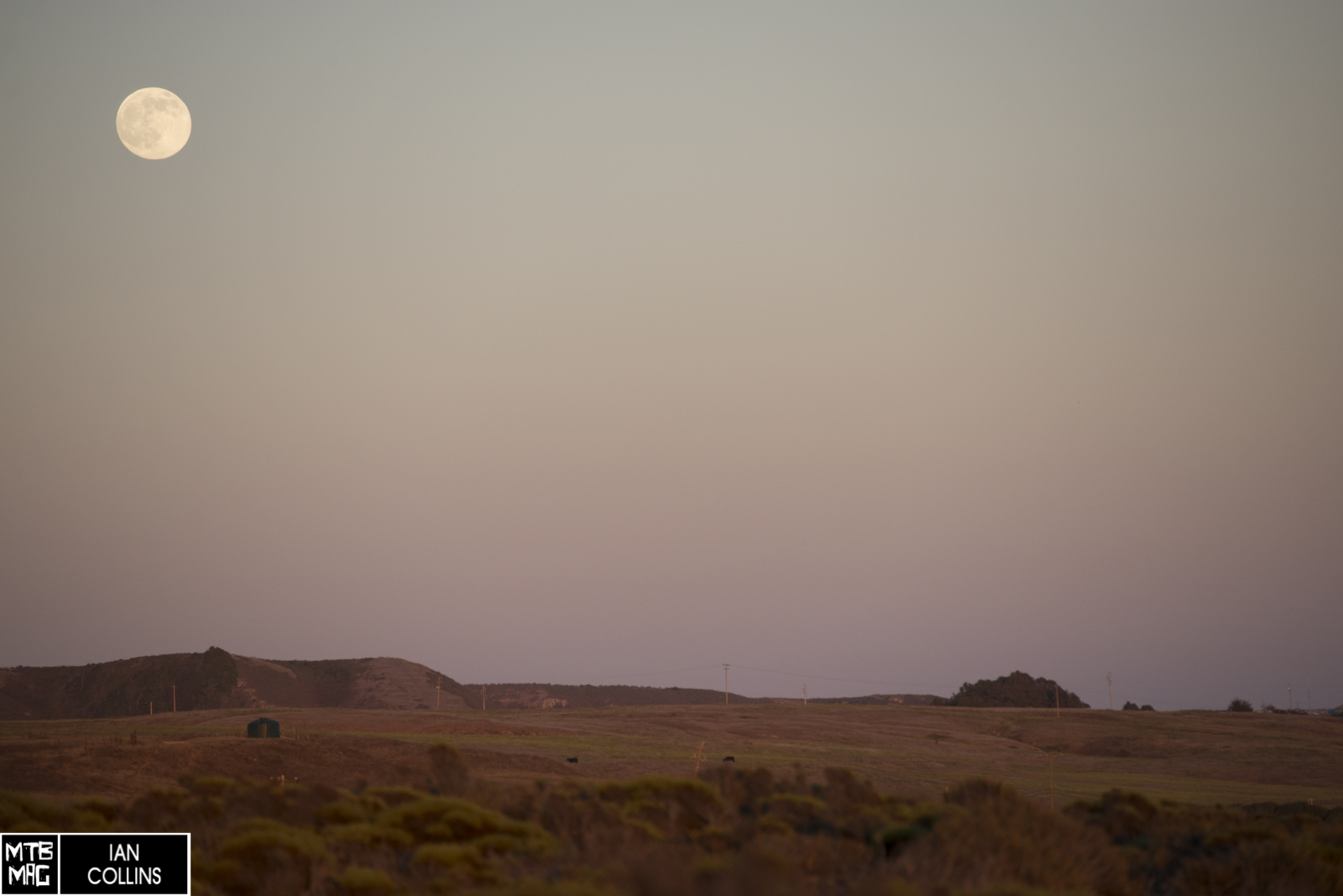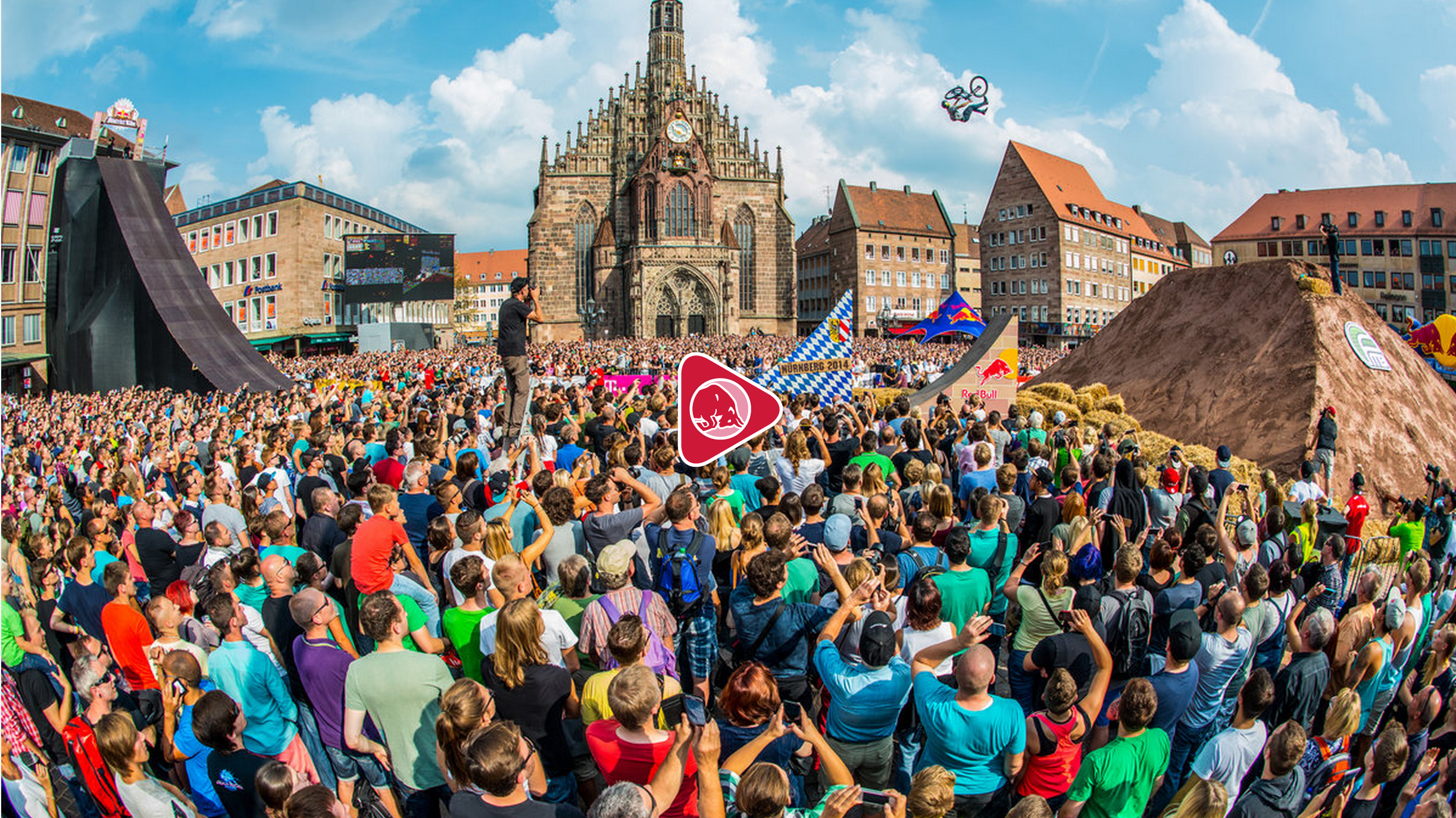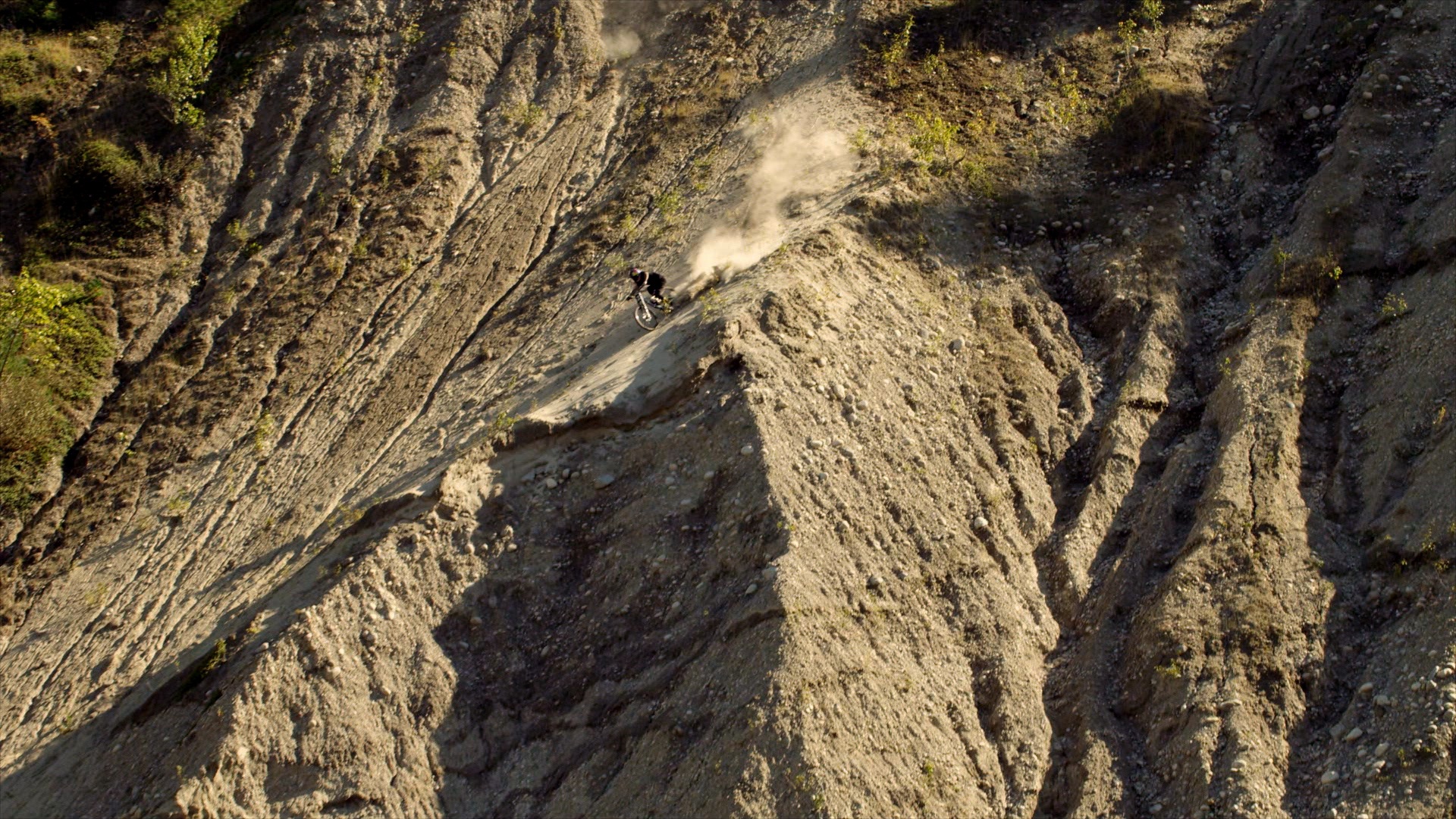Recently, we got an opportunity to hang out with Metis Creative at their new home base in beautiful Santa Cruz, CA. The three man powerhouse is masterminded by Cameron Baird, Clay Porter, and John Reynolds. Although Metis teamed up about 4 years ago, the combined experience of it’s individuals carries some serious clout. After spending some time with cruising the local pump track and skate ditches with them, we convinced each member to share each of their 5 best tips for make better films.

A large, quiet work space makes for less distractions when editing.
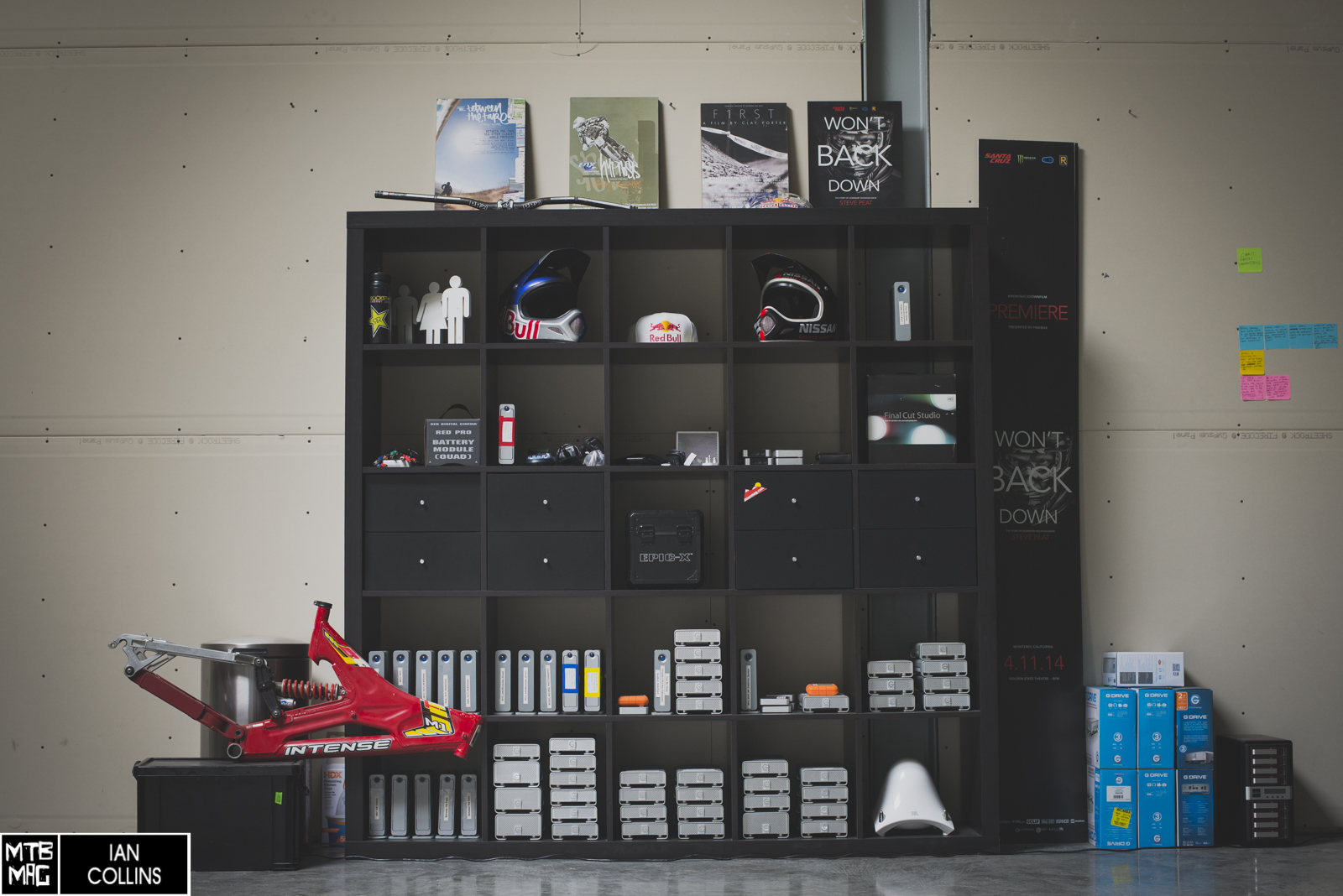
There is an enormous amount of both seen and unseen World Cup footage archived here.
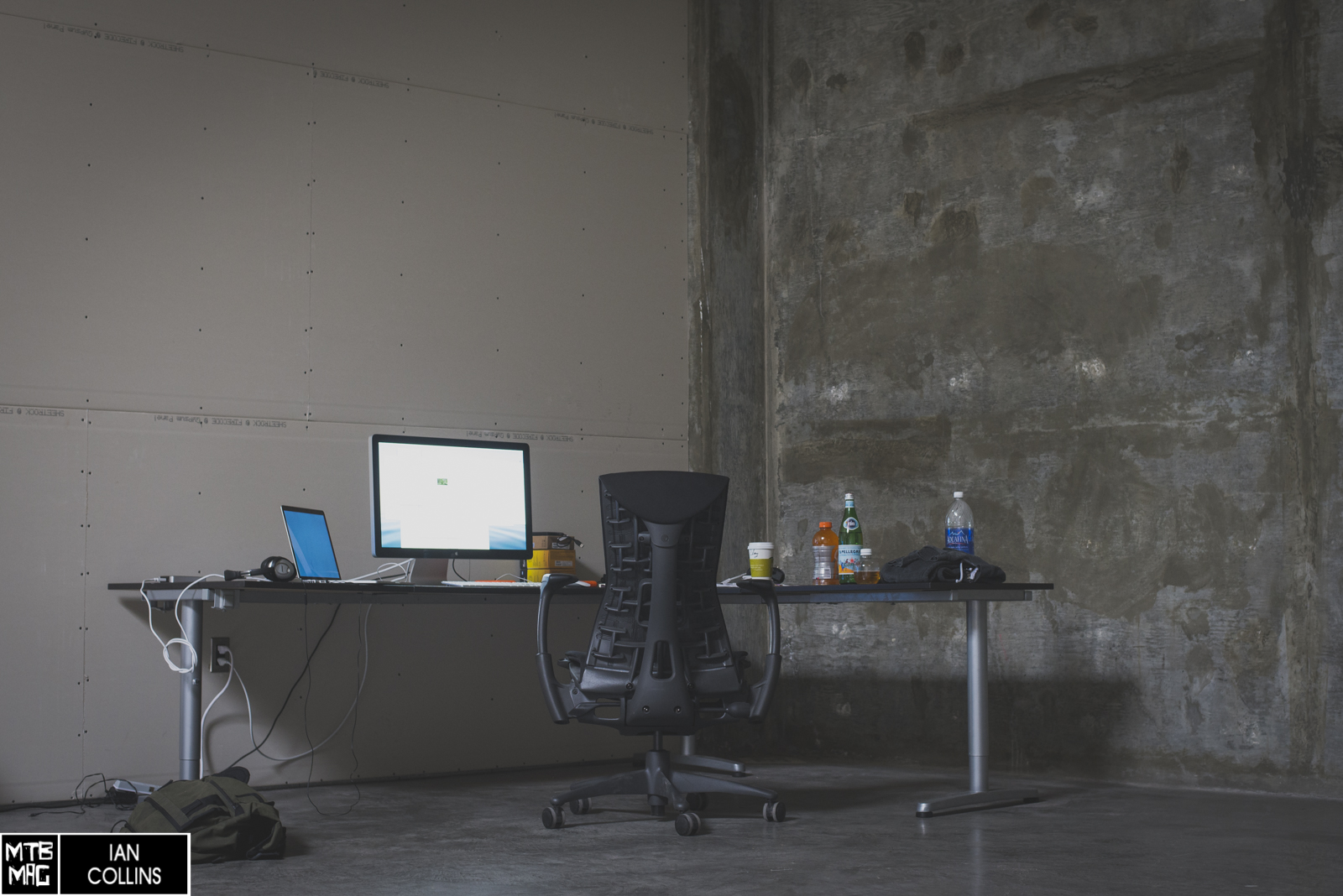
This is where Clay makes the magic happen.
Each one of these guys bring something different to the table, but to shed some light on who does what, and to better understand how each of the following sets of tips are directly related to each individual’s skill, Metis outlined their respective roles below :
Cam: Head Coach. Executive Producer. Director. Photographer. Tech/tool researcher and buyer.
Clay: Director. Storyteller. Moving image creative director.
John: Budding Director. Post Supervisor. Gear manager. Editor.
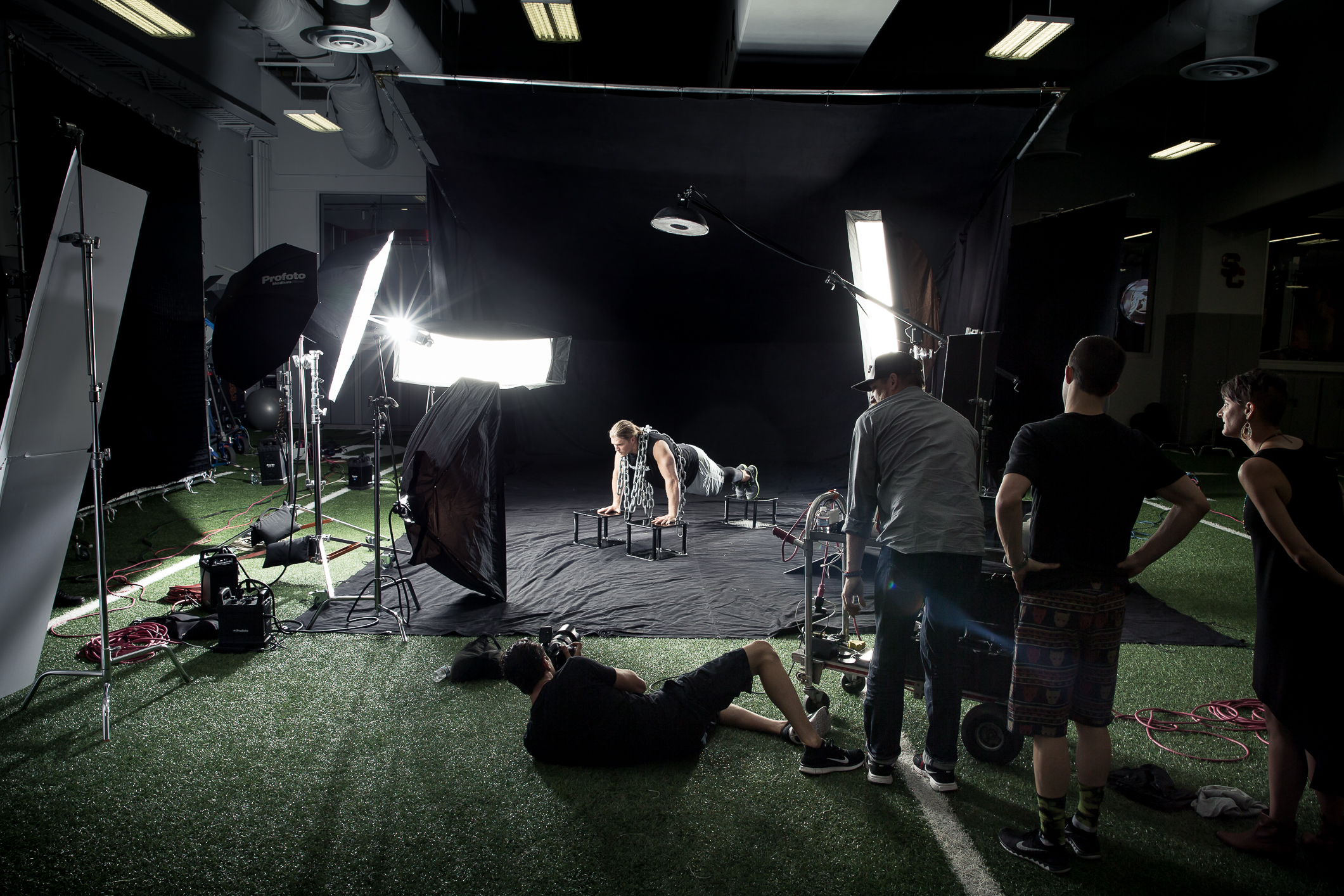
Cam comes from a commercial photography background, but his skillset crosses over to video seamlessly.
Cameron Baird
1 – Build a Team – Nobody can do it all, so surround yourself with talent to better round out your experience.
2 – Put Yourself Out There – Pitch ideas to clients and potential clients without them asking first. Only a small percentage of ideas actually come to fruition, but how else do you plan on diversifying and growing sales? It really is time consuming as all hell, but totally worth it when it pays off.
3 – Lean on Technology – You gotta have the tools to tell the story. Give your projects the chance to be as unique as possible. Tools don’t operate themselves and they always require a learning curve, but if you don’t have the experience, how can clients trust you when they’re paying the big bucks?
4 – Charge What You’re Worth – I’m not telling you to come out of the minors swinging for the fences, because it takes a lot of time to prove yourself and build a brand. After you do 100 jobs for free cutting your teeth, start charging for your time and expertise. A lot of companies don’t understand, but the ones that matter do.
5 – Never Settle – Only you can decide if you want to continue pushing your limits. Be your hardestcritic and surround yourself with people who aren’t afraid to tell you the truth. Just because your Mom thought your edit/photo was cool, that doesn’t really count. Ask for feedback from people better than you or people that tell it like it is.
Clay Porter
1 – Have a Concept – Go into every project and shoot with a clear vision and concept of how you want the finished edit to look. What shots will you need? How many of them? What questions will you have to ask during an interview to tell the story you want to tell? Strive to create work that is different from everyone else and work to develop your own style. What can you bring to the game that no one else is doing? How can you separate yourself from the pack?
2 – Pre Production is Production – Have a plan of attack. What is the best use of your time to make your ideas a reality? Stay organized. Filmmaking is a long and complicated chain and if one part gets derailed it can affect things down the line. Make sure nothing is left in question on a shoot day so you can focus on getting the best shots and content for your story.
3 – Visualize The Edit When Shooting – When shooting, visualize how the shots you are capturing will cut together in the edit. Don’t aimlessly shoot. Get the shots that are going to be the must useful in your edit. When you’ve done this, the actual editing becomes more automatic and intuitive.
4 – Be Very Critical When Editing – Only use your absolute best takes. The biggest mistake I see new editors doing is not using the best footage that was shot. When reviewing your footage, really seek out the finest shots from the shoot. Forget what happened on the day of shooting and refocus your energy into using shots that look the best and will serve your story the best. When in the edit, refocus your energy as if you were the audience. If you are bored or don’t like a shot, there is a good chance your audience won’t either.
5 – Get Influence From Everywhere – If you want to make mountain bike films, don’t just watch mountain bike films! Submerse yourself in all genres of film and notice what you like about certain films and what you don’t. Ultimately, companies hire you for your taste and your ability to uniquely create what only you can create. Get inspired from all different sources outside of film and collectively use all of this to develop your own personal style. Don’t be afraid to break the mold and constantly ask yourself : “how can I make my work stand out from the pack?”
John Reynolds
1 – Warp Stabilizer - We use the warp stabilizer effect on just about every edit we do. If you don’t know what it is, it’s an effect that helps stabilize shaky footage. It can be found in Premiere Pro or
2 – After Effects – It’s an incredible effect that is extremely easy to use and the preset settings almost always work perfectly. I can’t tell you how many times it’s saved a shaky shot that might otherwise not been usable. This effect will automatically make your work look more professional.
3a – Label Maker - We use label makers everyday when we’re at the office. We use them on everything, but they are especially useful with hard drives. We label every hard drive with the year and the project title as well as things like “backup” or “raw footage”. We also label equipment. When you’re on a shoot and things are hectic, you want to be able to easily find the correct charger without second guessing what it’s for.
3b – File Naming Conventions – It’s important to come up with a file naming convention and stick with it. This is something that a lot of professionals I see still don’t do and it drives me crazy. It might not seem important at the time but having a system will help organize projects over the years and make searching for a project from previous years so much more efficient. I always
start with the year, then the client, and then the project title. You can then use “rough edit”, “final edit” or the compression used on the video as well, for example “ProRes422”, or “h264”. It also looks more professional when it’s sent to the client. Here’s an example: 2014_ShiftMX_BrandVideo_ProRes422
4 – Gaffers Tape - I never go on a shoot with out Gaffers Tape. It’s an essential piece of equipment. We use different colors to label different cameras. We use red tape to mark media that hasn’t been downloaded yet. When a card is full and taken out of the camera we put red tape over the card so it can’t accidentally be put back into a camera and the tape doesn’t come off till the footage has been backed up. This has saved us on many occasions and I can’t stress how important it is. Tape can also be used to label things in the field, mark the talent’s position, or hold a mic on. Buy a couple of rolls and throw them in your bag.
5 – Saving When editing – I save a new project file everyday and back up that project file every night. I do this so I can never lose more than a days worth of work. I used to create a new editing project and that was it until the end of the project. Now, every morning that I go into the office, the first thing I do is save a new project with the date, and at the end of the day I take that project file and back it up in multiple locations. At least on an external hard drive, and I keep a copy of current projects on my desktop. This probably sounds like overkill for most people, but trust me – it’s worth it. We’ve had project files go corrupt and things can be accidentally erased. It doesn’t happen often, but when it does happen to you, you’ll be glad the project file has been backed up and you only lost a days work instead of 2 weeks.
There you have it. You have no excuses for not making the next huge MTB film. The best of the best just gave up all of their biggest secrets. Check out some of their work at www.metiscreative.tv. If anyone is looking to join the Metis team, they are always looking for fresh talent. Email inquires to info@metiscreative.tv and follow them on Instagram at @metiscreative.
Below are just a variety of pictures from our trip to Santa Cruz and time spent with 2/3rds of Metis : Clay and John – Cam was busy killing it. Thanks guys!

